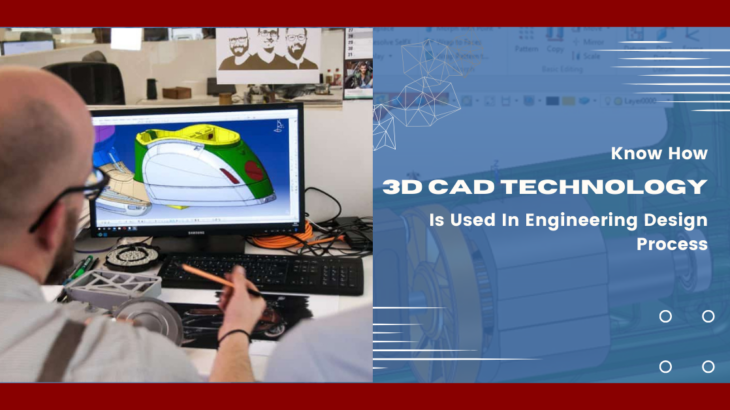
Computer-Aided Design (CAD) is changing the engineering and design industry like never before, from conceptualization to bringing them into actual structures. The 3D CAD technology is a game-changer in the industry and one of the emerging tools among CAD technology. Moreover, many companies predominantly use this tool for efficient CAD drawing services to develop realistic and accurate 3D structures for the concept. Hence, this blog will explore how 3D CAD technology is effectively used in engineering design.
Conceptualization:
The engineering design process often begins with a simple idea or concept. 3D CAD technology allows engineers to transform these ideas into tangible models. They can create 3D sketches, making visualizing and iterating on designs easier, ensuring the concept aligns with the project’s goals.
Detailed Design:
Once the initial concept is solidified, engineers can dive into detailed design work. 3D CAD software provides comprehensive tools to create precise, intricate models. These models can include the primary product and all the necessary components and sub-assemblies, with accurate measurements, materials, and textures.
Adhering To The International Standards:
Through 3D CAD technology-enabled software, engineers and designers can ensure the proposed model or structure of various international standards issued by BSI, CSN, GOST, ANSI, ISO, GB, and DIN. This software offers an excellent design and drafting platform that resonates with the international standards, allowing the designers and engineers to offer a better output.
Simulation & Analysis:
The benefit of using 3D CAD software is its ability for simulation and analysis. Engineers and designers can perform various tests and analysis, such as stress tests, fluid dynamics simulations, etc., to evaluate the design performance of the company’s effective 3D CAD services. Hence, you identify the potential concerns and issues for a robust yet reliable output through complete analysis and tests.
Cost Reduction:
By identifying and addressing design flaws early in the process, 3D CAD technology helps minimize costly revisions and alterations during production. It can result in substantial company cost savings and more cost-effective consumer products.
Effective Visualization:
3D CAD models can be easily transformed into realistic renderings and animations. These visual representations are invaluable for marketing and communication purposes. They help clients and stakeholders understand the final product, making it easier to gain approval and support for the project.
Documentation & Records:
3D CAD technology ensures comprehensive and accurate documentation of the design process. This documentation is vital for compliance, quality control, and future reference. It simplifies maintenance and modification, even years after the product is initially designed.
Customization:
3D CAD technology allows for easy customization. Engineers can quickly adapt existing designs to meet specific client or market demands. This flexibility is crucial in industries with rapidly changing customer preferences.
Sustainability:
Engineers and designers can use 3D CAD technology to explore eco-friendly design options. They can develop more sustainable products with a reduced carbon footprint by simulating the environmental impact of materials and design choices.
3D CAD technology is a transformative tool in the engineering design process. It streamlines conceptualization, facilitates detailed design, and enables simulation and analysis. Moreover, it is a cost-effective option and aids in excellent visualization, documentation, customization, and sustainability efforts. As the engineering field evolves, approach Sunstream for effective CAD drafting services through 3D CAD technology, ensuring that the design process is more efficient, cost-effective, and environmentally conscious than ever before.




 +1.585.935.7123
+1.585.935.7123 +91-804-148-6861
+91-804-148-6861